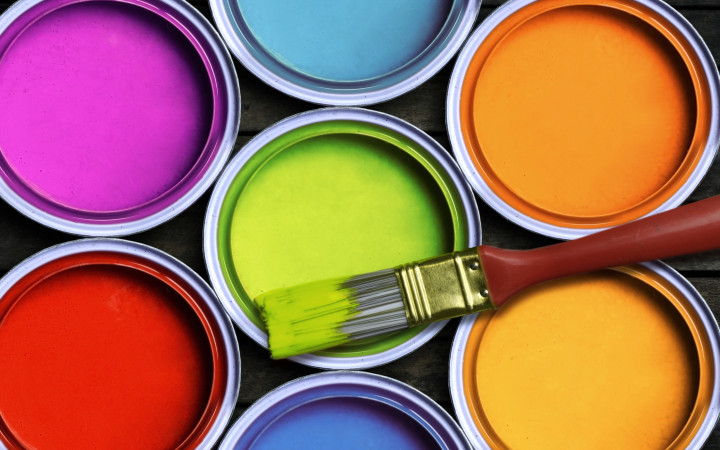Today’s Wonder of the Day was inspired by Liliana. Liliana Wonders, “How do you make paint” Thanks for WONDERing with us, Liliana!
How do you make art? Just about everyone has a preferred method. Some kids love to mold clay into a perfect shape. Others reach for crayons or colored pencils. For many, there’s nothing like making a picture come to life with bright, beautiful paints!
Human beings have used paint for many thousands of years. The earliest signs of this come from cave paintings that date back roughly 30,000 years. Their creators used primitive paints made from the objects around them—such as rocks, minerals, or berries.
Of course, paint has changed quite a bit over time. Trade made it possible for paint in various hues to travel all over the world. Still, many paints became too expensive for common people to access. That changed after the Industrial Revolution.
As factories and new methods of manufacturing rose, people found new ways to make paint. In the U.S., the first ready-mixed paints were patented in 1867. Paint factories started popping up in the mid-1880s. Soon, people all over the country had access to paint in every color of the rainbow.
How is paint made today? The process can differ slightly depending on the type of paint being created. However, most paints contain the same four types of ingredients—pigment, resin, solvent, and additives.
The pigment is what gives the paint its color. Resin serves to bind the pigment together and help it stick to a surface. The solvent, which is often water, holds the other ingredients. Additives vary, but they all add desirable qualities to the paint. This could include fast-drying, scuff resistance, and sag prevention.
The first step in making paint is gathering and measuring the ingredients. The pigments are then broken down in a mill. They’re spread evenly into a mixture of the resin, solvent, and additives. Finally, the paint is checked for quality and poured into cans. It’s then ready to hit the shelves!
Have you ever helped a family member paint a room at home? If so, you may know that it’s important to stir the paint before using it. That’s because the ingredients will separate from each other after sitting for a long time. If you open a can of paint that’s been unused for a few months, you’ll see that this is true!
Today, people have many uses for paint. They paint their homes, their vehicles, and public spaces. Of course, paint also holds a very important place in the world of art! The next time you pick up a paintbrush, remember you’re taking part in a practice that goes back thousands of years.
Standards: CCRA.L.3, CCRA.L.6, CCRA.R.1, CCRA.R.2, CCRA.R.4, CCRA.R.10, CCRA.SL.1




